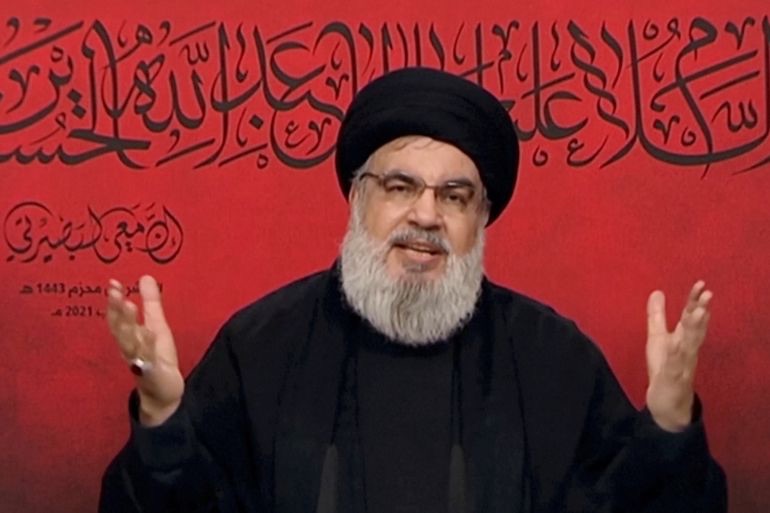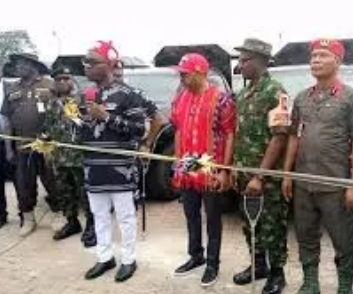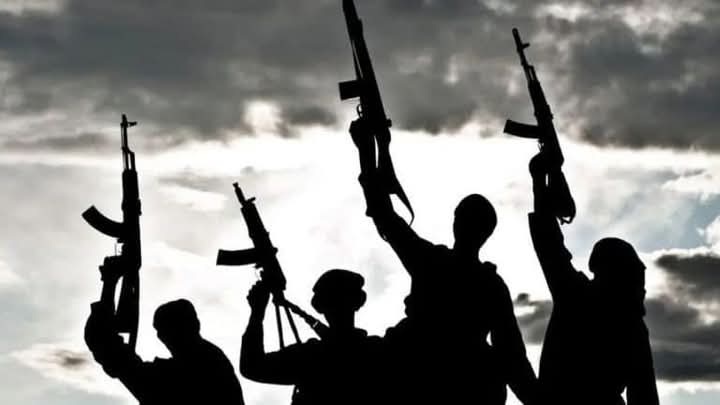The long time Hezbollah leader Hassan Nasrallah, has been killed in a massive Israeli air attack on Beirut on Friday evening
The Israeli army had claimed the assassination earlier in the day
Born in 1960, Nasrallah‘s early childhood in East Beirut is cloaked in political mythology. One of nine siblings, he is said to have been pious from an early age, often taking long walks to the city centre to find second-hand books on Islam. Nasrallah himself has described how he would spend his free time as a child staring reverently at a portrait of the Shia scholar Musa al-Sadr – a pastime that foreshadowed his future concern with politics and Shia communities in Lebanon.
In 1974, Sadr founded an organisation – the Movement of the Deprived – that became the ideological kernel for the well-known Lebanese party and Hezbollah rival, Amal. In the 1980s, Amal mined support from middle-class Shia who had grown frustrated with the sect‘s historic marginalisation in Lebanon, to grow into a powerful political movement. Besides commandeering an anti-establishment message, Amal also provided stable income to many Shia families, unfurling a complex system of patronage across Lebanon‘s south.
After the outbreak of civil war between Lebanon‘s Christian Maronites and Muslims, Nasrallah joined Amal’s movement and fought with its militia. But as the conflict progressed, Amal adopted a staunchly unsympathetic stance towards the presence of Palestinian militias in Lebanon.
Disturbed by this stance, Nasrallah split from Amal in 1982, shortly after Israel’s invasion of Lebanon, and formed a new group with Iranian support that would later become Hezbollah. By 1985, Hezbollah had crystallised its own worldview in a founding document, which addressed the “downtrodden of Lebanon“ and named the Supreme Leader Ayatollah Khomeini of Iran as its one true leader.
Throughout the civil war, Hezbollah and Amal evolved in bitter tandem, often jostling with each other for support among Lebanon‘s Shia constituents. By the 1990s, after numerous bloody clashes and with the civil war over, Hezbollah had largely trumped Amal for prominence among Lebanon‘s Shia supporters. Nasrallah became the group‘s third secretary-general in 1992, after his predecessor, Abbas al-Musawi, was killed by Israeli missiles.
Hezbollah is unlikely to crumble under the weight of Nasrallah’s assassination, but in his death, the group has lost a leader who was charismatic and whose influence extended far beyond Lebanon.
The group will now need to select a new leader, who in turn will need to decide what direction to take Hezbollah in. Whatever the group decides will affect more than Hezbollah: ripples will be felt across Lebanon and the wider region.




